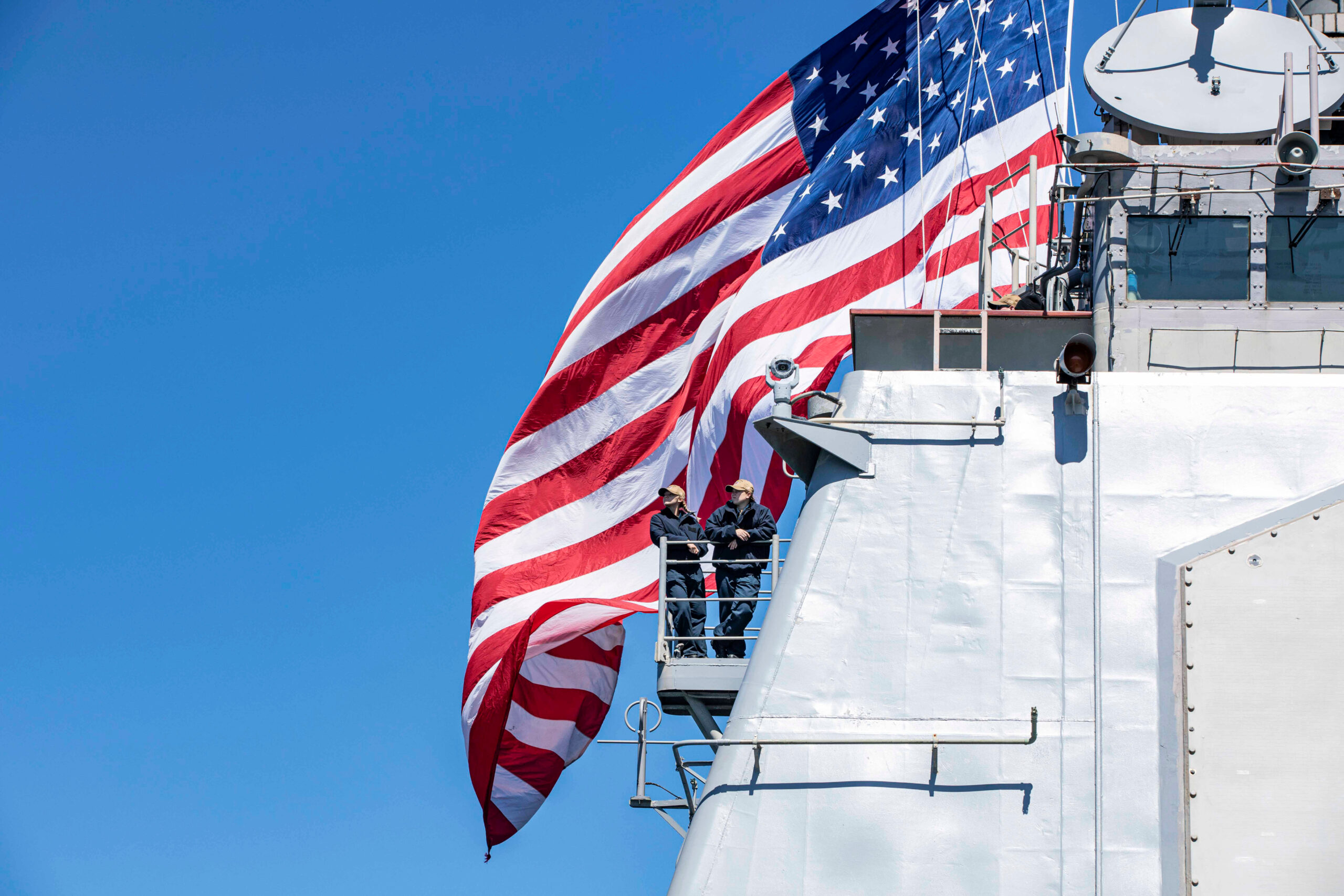In environments where data integrity, accessibility, and security become mission-critical, such as military operations, the need for a robust and secure file system is paramount. Designing a military-grade global file system entails addressing multifaceted challenges, ranging from distributed access to data caching to stringent security requirements. Let’s delve into the essential components and considerations for architecting such a system.
Common Data Repository with Caching Endpoints
A cornerstone of a military-grade global file system is the establishment of a common data repository that facilitates distributed file access across remote locations. Utilizing protocols like SMB (Server Message Block) or NFS (Network File System), the system ensures seamless collaboration and access to files regardless of geographical barriers. By implementing caching endpoints strategically, frequently accessed data sets are stored locally, enhancing speed and reducing latency.
Secure and Efficient File Transfer
Efficiency and security are paramount in file transfer operations, particularly in military contexts where large files need to be moved swiftly and securely across vast distances to the far edge. Source-based deduplication and compression techniques optimize bandwidth utilization and reduce storage requirements significantly. This not only conserves valuable network resources but also expedites file transfers over high-latency connections, ensuring timely access to critical data.
Military-Grade Security
Perhaps the most critical aspect of designing a military-grade global file system is ensuring uncompromising security. Adhering to stringent requirements such as 100% in-firewall deployment, strong authentication mechanisms (including AD2-factor, smartcard, and CAC/PIV), and FIP 140-2 certified data encryption are imperative. Additionally, the system must support seamless ACL migration with NT-ACL enforcement over NAS and FSS, along with secure data transfer protocols for files both at rest and in transit.
A zero-trust architecture serves as the foundation of trustworthiness, whereby access is granted on a “need-to-know” basis, regardless of the user’s location or credentials. Features like read-only audit logs, private key management with no third-party access, and granular file sharing policies further bolster security posture, ensuring that sensitive information remains protected at all times.
Meeting Rigorous Requirements
Designing a military-grade global file system necessitates meticulous attention to detail to meet rigorous requirements. From top-secret file encryption to private key management and zero-trust architecture, every aspect of the system must align with the highest standards of security and compliance. By leveraging advanced technologies and best practices, organizations can deploy file services that offer resilience, productivity, and elasticity without compromising on security.
In conclusion, the design of a military-grade global file system requires a comprehensive approach that addresses the complexities of distributed access, efficient file transfer, and uncompromising security. By integrating caching endpoints, optimizing file transfer processes, and adhering to stringent security protocols, government organizations can create a robust infrastructure capable of meeting the demands of modern military operations while safeguarding sensitive information from unauthorized access or breaches.



